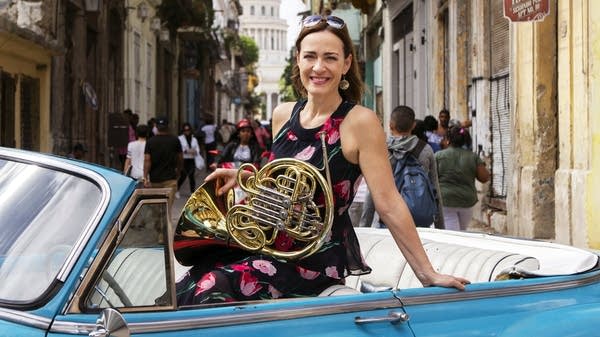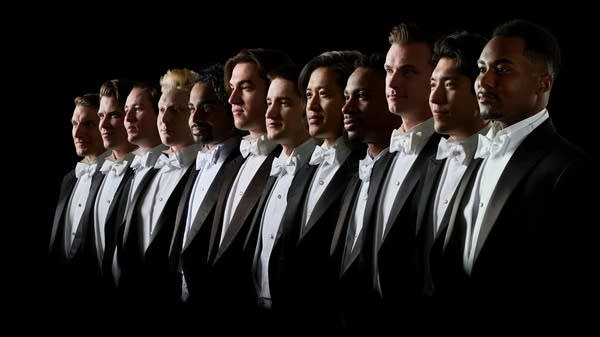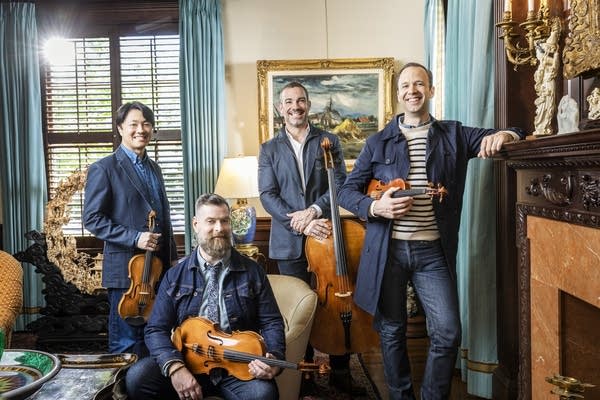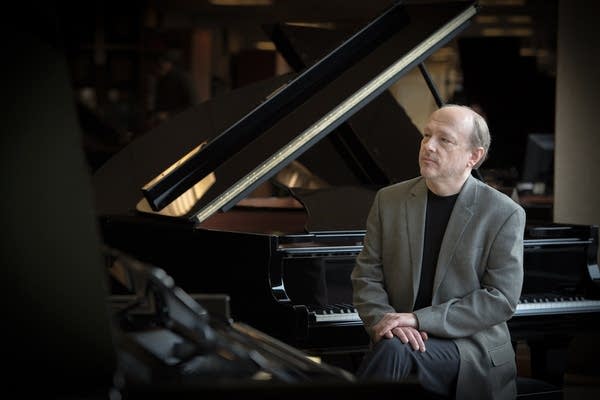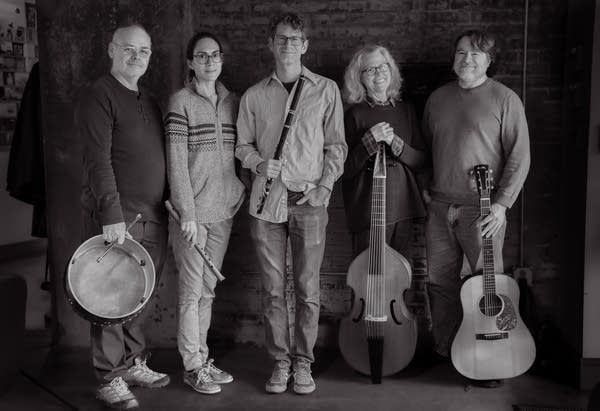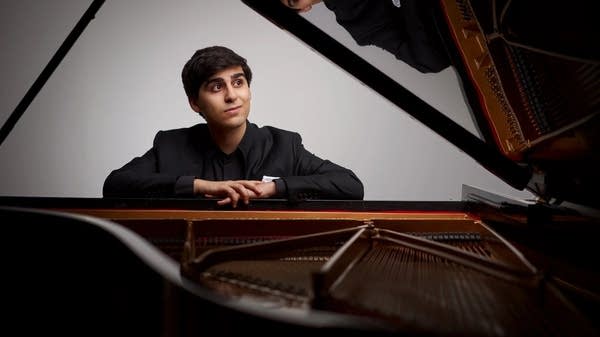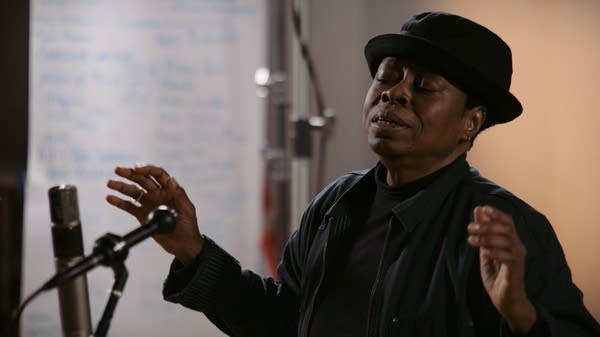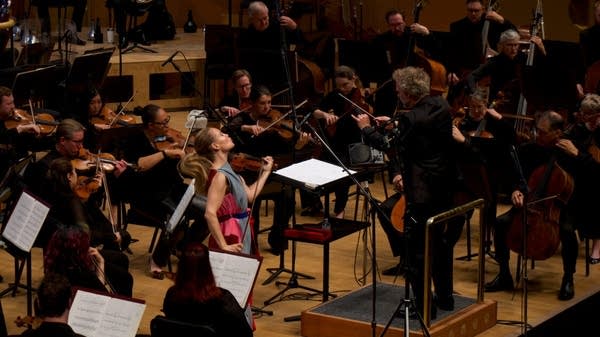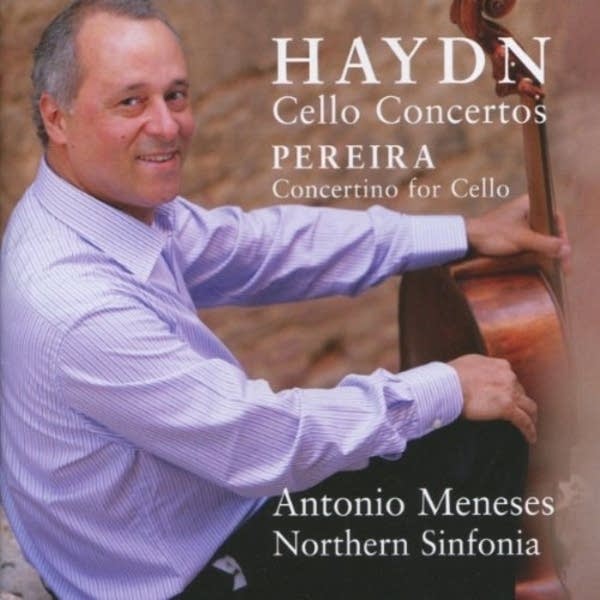
The recording opens with Haydn's Cello Concerto No. 1 in C Major, a work that lay buried in the National Museum in Prague for nearly two centuries before it was rediscovered in 1961. Haydn served as Kapellmeister at the plush estate of Prince Esterhazy in Eisenstadt for some 30 years. He probably wrote this work for his close friend Joseph Weigl, principal cellist of the Esterhazy Court Orchestra.
In the opening moderato movement, the main theme is slightly varied each time it appears. Antonio Meneses approaches this movement with a lighter touch than some cellists, such as the late Mstislav Rostropovich. Instead, he focuses on a smooth, lyrical phrase, keeping the melody line buoyant. The earthy tone of his instrument and the broad range of the cello are highlighted in the solo cadenza at the end of the first movement. I have a soft spot for the Adagio of Haydn's C Major Concerto. Here the cello rises from the depths of the orchestra to sing the heartfelt melody line. Antonio Meneses demonstrates his nimble athleticism in the final Allegro molto.
Haydn's Cello Concerto No. 2 in D major was written for Anton Krafft, another leading cellist with the Esterhazy Orchestra, and one of the greatest virtuosos of Vienna. For years it was thought that Anton Krafft authored this work. When the handwritten manuscript was rediscovered in Vienna in 1954 those rumors were finally put to rest. In the dramatic first movement, Meneses has numerous opportunities to flaunt his technical virtuosity and his clear, resonant tone. The sparkling finale features a melody reminiscent of an English folk song. Meneses extends the melodic phrase much like a singer, adding to its emotional impact.
The Concertino for Cello by Brazilian composer Clovis Pereira is dedicated to Antonio Meneses. It's bursting with Brazilian musical elements, some of which are common to the northeast countryside of the State of Pernambuco, where both cellist and composer grew up. The first movement includes modal scales unique to that region, and the bowing technique used by Meneses imitates local Brazilian fiddlers. The melody in the second movement comes from a soothing chant improvised by Brazilian shepherds trying to calm their herds. This slow movement has the lush quality of a movie soundtrack. The festive final rondo takes its main rhythm from a common style of music often sung by musicians in northeastern Brazil.
Haydn once said he wrote music so that "the weary and worn, or the man burdened with affairs, may enjoy a few moments of solace and refreshment." On this new release featuring his cello concertos, and the world-premiere of Pereira's Concertino, Brazilian cellist Antonio Meneses and the Northern Sinfonia offer a full palette of exhilarating works to revive the spirit
Love the music?
Show your support by making a gift to YourClassical.
Each day, we’re here for you with thoughtful streams that set the tone for your day – not to mention the stories and programs that inspire you to new discovery and help you explore the music you love.
YourClassical is available for free, because we are listener-supported public media. Take a moment to make your gift today.
Your Donation
About New Classical Tracks®
Host Julie Amacher provides an in-depth exploration of a new classical music release each week.
Subscribe on Apple Podcasts, TuneIn, Radio Public, or RSS.



